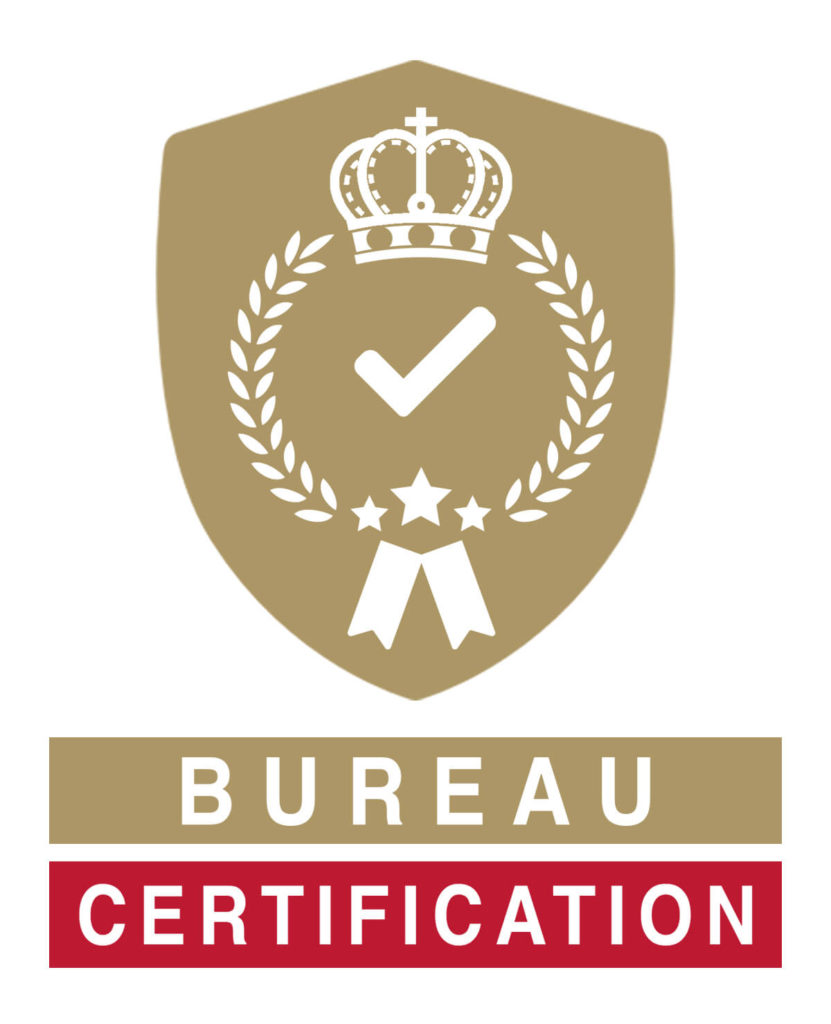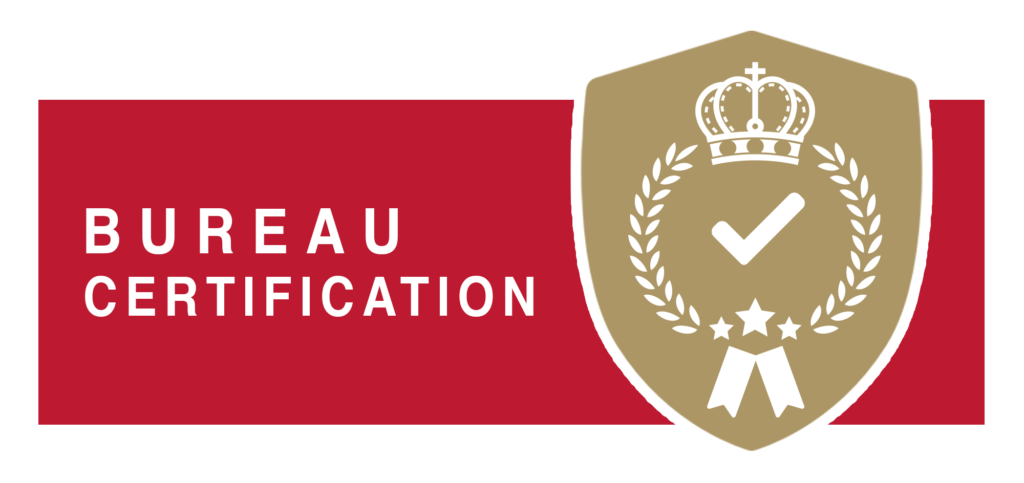Discovering the root cause of a non-conformity is not about playing the blame game by pointing fingers at specific departments or individuals. The point is to learn about your organization’s weaknesses and mitigate or remove them.
It is also a vital part of staying compliant with the ISO 9001 Standard. Clause 10.2 of the Standard (Non-conformity and corrective action) requires your company to evaluate the need for actions to be taken to stop non-conformities from reoccurring.
Clause 8.7 (Non-conforming outputs) also ties into this and prompts you to create processes that stop you from delivering non-conforming products or services.
To help you keep your management system in top condition and benefit your business by taking ownership of any non-conformities, we’ve created this step-by-step guide, which will help you to implement corrective actions that prevent the recurrence of non-conformities.
Step one: identify the issue.
This process begins by identifying when something doesn’t happen as expected. It could be a customer complaint about bad service or the identification of faulty packaging during an internal inspection. These errors can be picked up in several ways, from staff logging their observations on a spreadsheet through to internal audits and management reviews.
Once spotted, it needs to be recorded in a Non-conformity Report or Corrective Action Report.
Within this report, you must identify the impact of the non-conformity and who will be affected by it.
When a non-conformity has been spotted, it’s important to focus on facts and ask yourself the following questions:
- What is the problem, and what is its history?
- Where did it occur?
- When did it happen, and when was it reported?
- How big is the problem, how frequent is it, and how is it being measured?
Once identified, you may also need to kick-start some kind of containment process or interim response. This could range from stopping deliveries to rebooking appointments. The key is to stop the problem from reaching your customer. This will also give you time to investigate the root cause of the issue and put a more permanent corrective action in place.
Before you do, you need to be sure that this containment or interim action will stop the problem. You should therefore test the new action and review its effectiveness.
Step two: gather a response crew.
Your next step is to gather together a team who can help to determine the root cause of the problem and implement the corrective action. This will probably involve personnel at the top of your company, but you will also need to include those who do the actual job.
Your team can be any size – it depends on the size and complexity of your problem. If you’re a sole trader, you may be the only member. If you do have more personnel, just be aware that a very large team can be unwieldy.
To make your team as effective as possible, they need to have the right knowledge about the process or problem involved. You will also need to give them enough time and resources to complete an investigation as well as the authority to enact corrective action. A team of several people means that a team leader will be necessary too.
Your team will need to be comfortable carrying out a comparative analysis.
This means that they will need to assess the following:
- What is different and unusual about the non-conformity, and what may have changed?
- How is the non-conformity linked to people, processes, machines, materials, or the environment of the business?
- What are the facts surrounding the possible cause?
Step three: finding the root cause
There are lots of different problem-solving techniques that can help you get to the bottom of a non-conformity. You should use the one that you are most comfortable with.
If you’re unsure, one of the simplest is known as the ‘five whys.’
You don’t need any advanced maths skills with this approach, but it still helps you to identify causation. It is also suitable for sole traders or those with a team behind them.
The first ‘why’ focuses on why the problem is occurring. Instigate a fact-finding mission to answer this question. Don’t make an educated guess – use evidence to determine exactly what happened.
Asking this question may reveal one answer or several. For each answer, ask the question ‘why’ again. Keep doing this until you have asked a total of five ‘whys,’ each one relating to the answers you have supplied to the previous question.
By this stage, an appropriate countermeasure or corrective action should be evident. If not, continue to ask ‘why’ until you can’t go any further.
Using the example from the non-conformity log, the ‘whys’ would run as follows.
- First why: A delivery note had not been signed because a member of staff had released the product without following the release and dispatch procedure.
- Second why: It was released without following the procedure because the staff member was new.
- Third why: The new staff member did this because they had not had the relevant training.
- Fourth why: They did not receive the right training because there is no adequate training program in place.
- Fifth why: There isn’t adequate training because the training procedure is out of date.
Step four: taking corrective action
Whatever problem-solving tool you have used, you should now have a fairly good idea of what permanent corrective action could be taken. A permanent corrective action means that it should stop the non-conformity from happening again. This means you will probably have to change some aspect of your processes, policies, or procedures.
Before implementing, you should also consider whether there are any other opportunities for something similar to happen. You should assess the potential effectiveness of your proposed action to ensure that you really are picking the best course of action.
Once you are confident with your choice, you can implement the permanent corrective change and remove the interim or containment action you initiated at the beginning of the process. Make sure work procedures, instructions, and plans are updated to reflect the alteration, and the change is communicated to the relevant people within your business too.
Step five: monitoring and measuring
Once your corrective actions are in place, you can kick-start the monitoring and reviewing process.
This should involve the owner of each corrective action as well as your customers, if necessary.
Monitor the corrective action until it is evident that it is working as expected. You may want to schedule some extra internal audits to keep an eye on its effectiveness. This may be a good time to share your learning with other parts of the business, too so that they can follow the same action.
The corrective action and its effectiveness should all be documented for your management system. Here’s an example of what evidence you can gather to support you:
- Updated procedures, plans, instructions, or training
- SPC (Statistical Process Control) data
- Inspection records
- Internal audit records
- A register containing a summary of the non-conformity, the results of your analysis, and your actions and decisions

